Lynne Rae Perkins’s The Museum of Everything:
A Peek Into Her Process . . .
 June 8th, 2021 by jules
June 8th, 2021 by jules
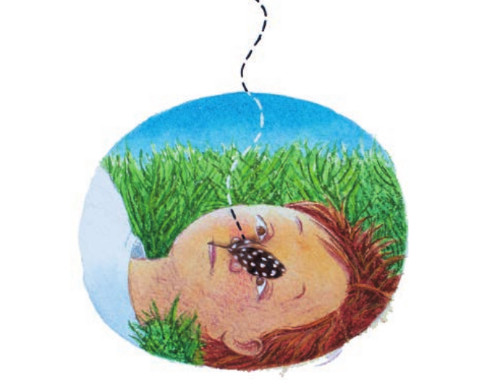
I can go on and on about how compelling Lynne Rae Perkins’s newest picture book is (and, better yet, how much respect it has for the child reader), but it would be better if you can somehow find a copy yourself and take it all in. I highly recommend this. The Museum of Everything (Greenwillow), now on shelves, has been met with a host of well-deserved starred reviews.
Check out the tiny copyright-page illustration note for this one. It says:
The art in this book is made of watercolor on … watercolor paper, sometimes cut and/or folded, along with sand, stones, twigs, wood, moss, wool, foamcore board, fabric, embroidery thread, modeling clay, lights, two tiny clay figures made by Marcia Hovland, and many, many, many odds and ends. It was the most fun ever.
All of this — the watercolors, collaged artwork, and the detailed 3D dioramas — create intriguing textures throughout this story. Color, shadow, and scale are also used effectively; composition choices expertly pace the story; and the book’s tone, thanks to all these illustration and design choices as well as the closely-observed text, is playful and wondrous. It’s just the kind of thing you need to hold in your hands and see.
Our narrator is a child who, as you can see below (bottom of the post where I share some final spreads), says that when the world “gets too big and too loud and too busy, I like to look at little pieces of it, one at a time. I like to put them in a quiet place, like museums do. Sometimes the quiet place is just my mind. An imaginary museum.” Thus the child begins to make connections, observing the world in a big-picture way (thinking of islands and their “edges”) and more detailed ways (“I wonder if anyone has ever made a skirt that looks like a bush in springtime”). The child, in essence, is cataloging the natural world (both tangible and intangible things) as a museum curator might do, drawing those connections and pondering the wide world around us. The observations are plainspoken yet evocative, nuanced, and thought-provoking. There is much here that will prompt readers to think about their own living “museums” and all their possibilities.
There have been many picture books published recently that explicitly address mindfulness, but this one does so in more indirect — and tremendously creative and effective — ways.
Below are some images of Lynne at work on the book. I love seeing these museum images of her process, shared without commentary, as if we were watching over her shoulder when she created this strking book. Below those process images are some final spreads from the book.
Enjoy! (And see posts here from Lynne about making this book.)
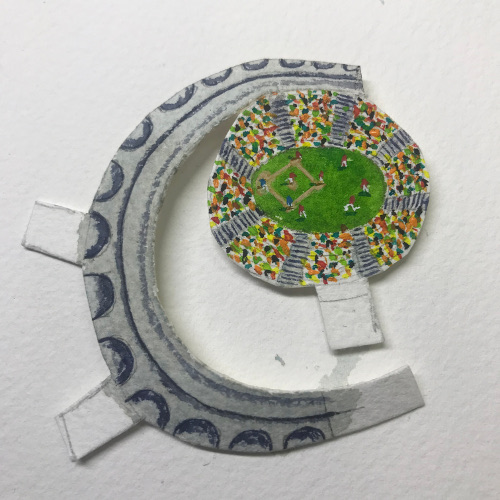
(Click image to enlarge)
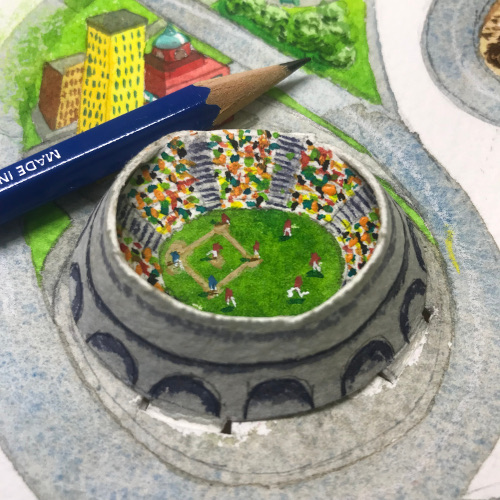
(Click image to enlarge)
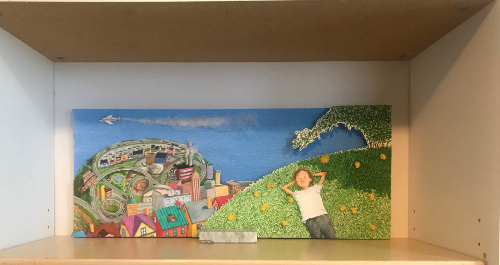
(Click image to enlarge)
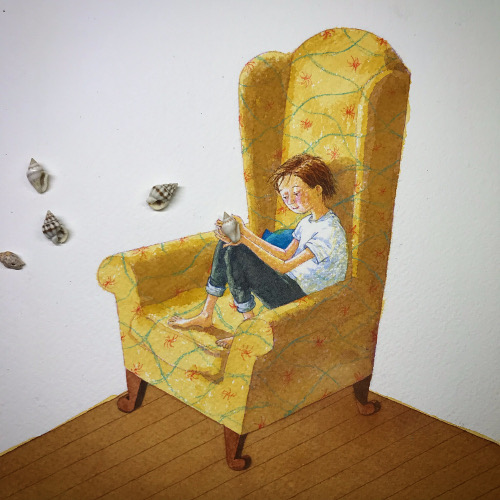
(Click image to enlarge)
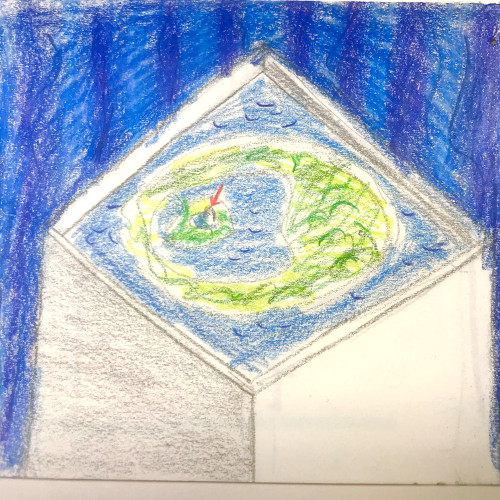
on an island in a pond” spread
(Click image to enlarge)

(Click image to enlarge)
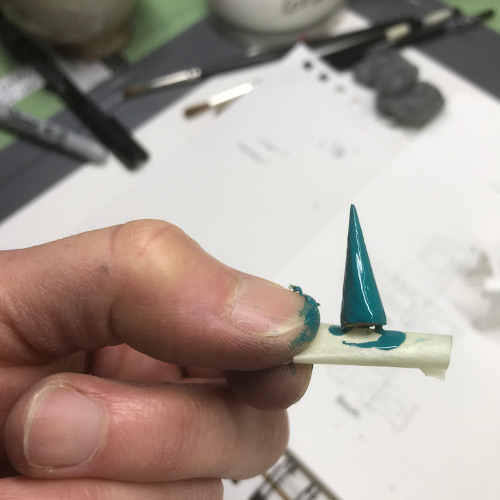
(Click image to enlarge)
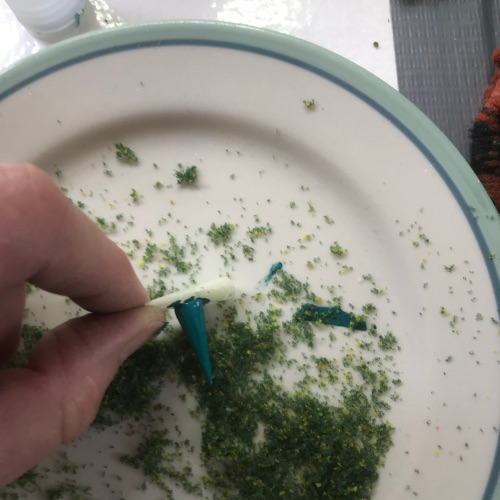
(Click image to enlarge)
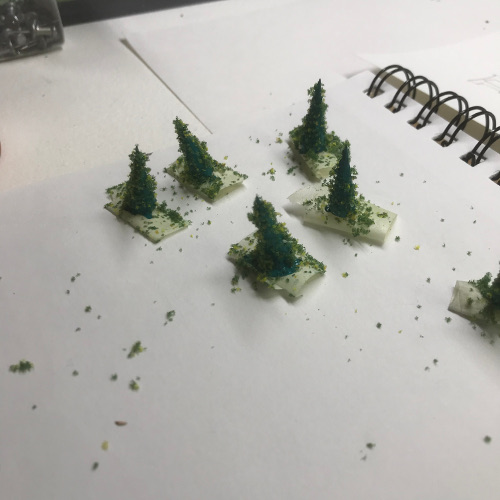
(Click image to enlarge)
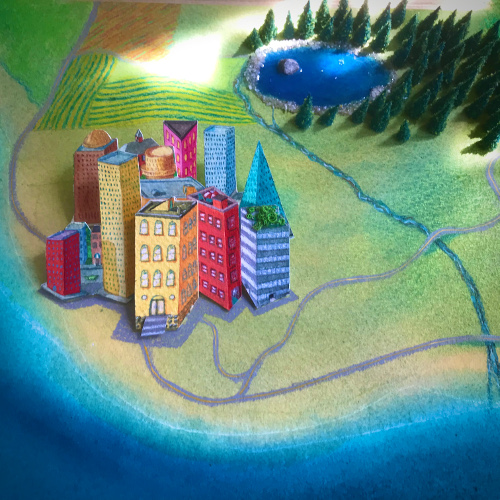
(Click image to enlarge)
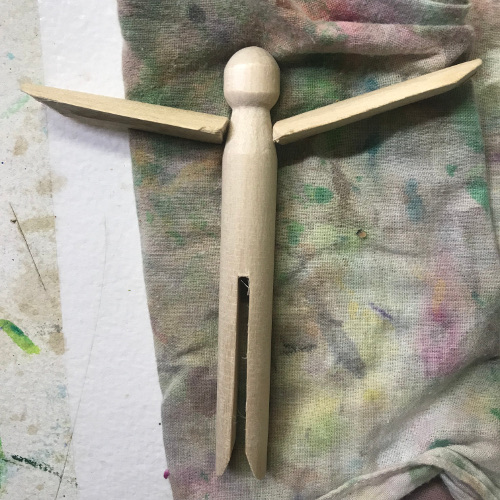
(Click image to enlarge)
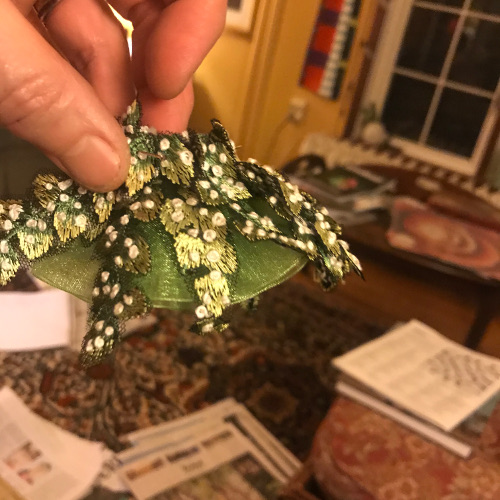
(Click image to enlarge)
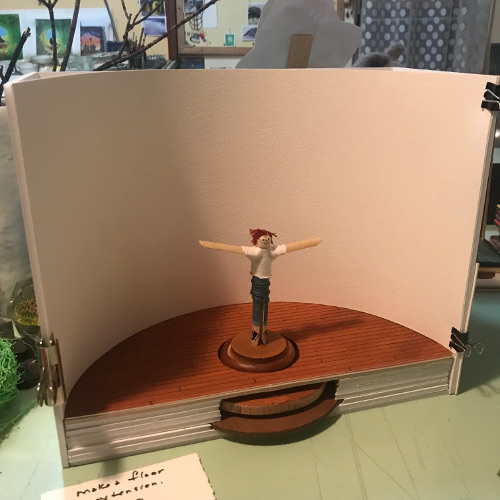
(Click image to enlarge)
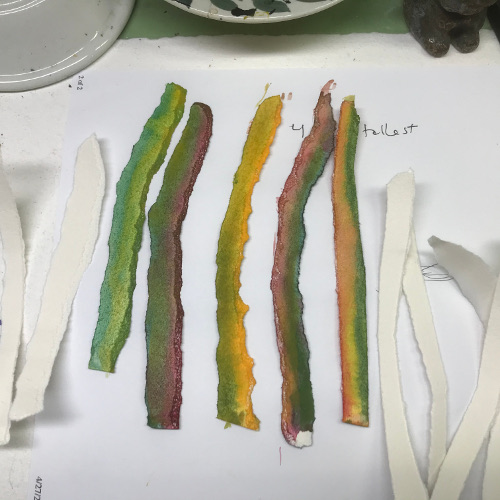
(Click image to enlarge)
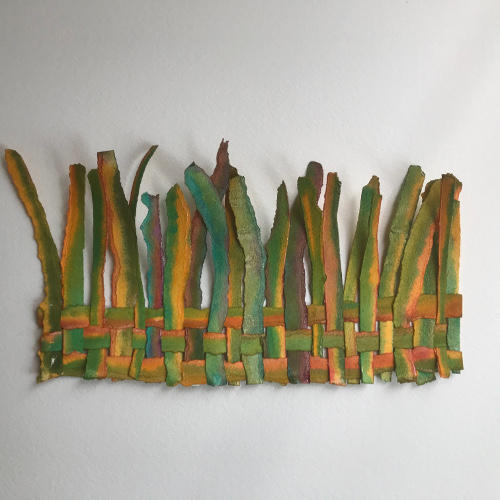
(Click image to enlarge)
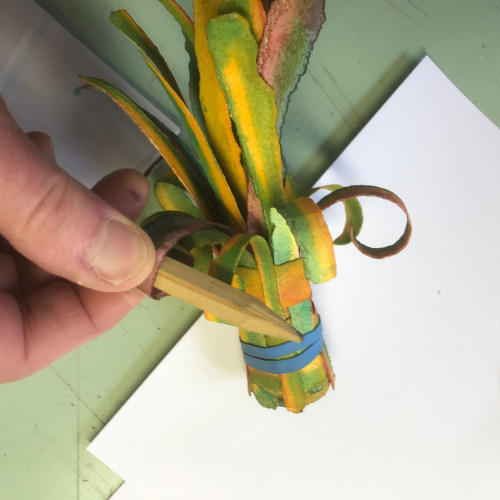
(Click image to enlarge)
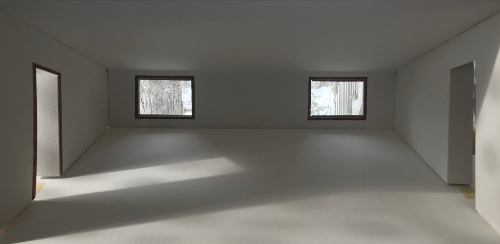
(Click image to enlarge)

(Click image to enlarge)
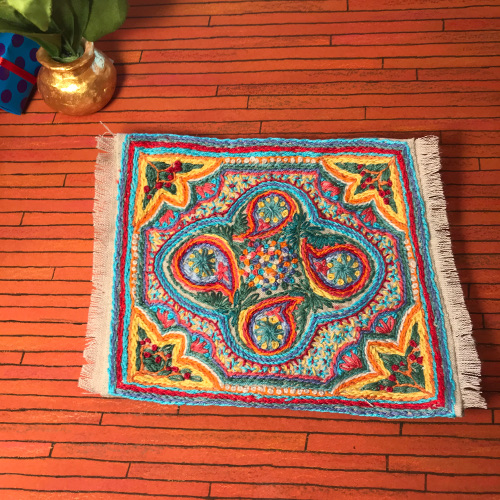
(Click image to enlarge)
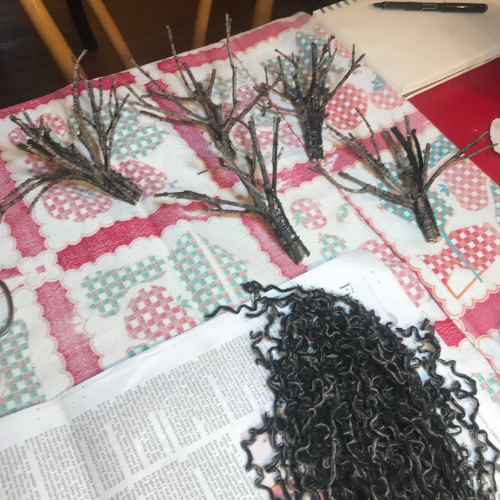
(Click image to enlarge)
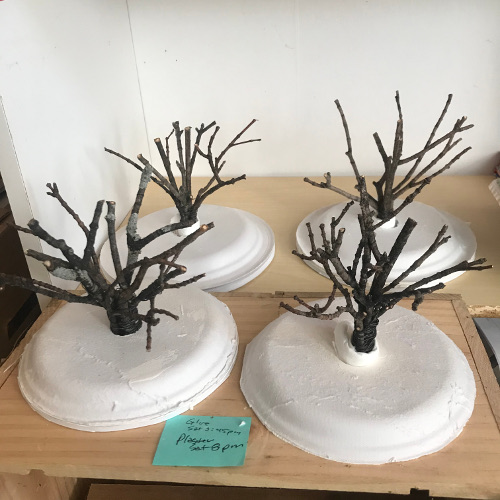
(Click image to enlarge)
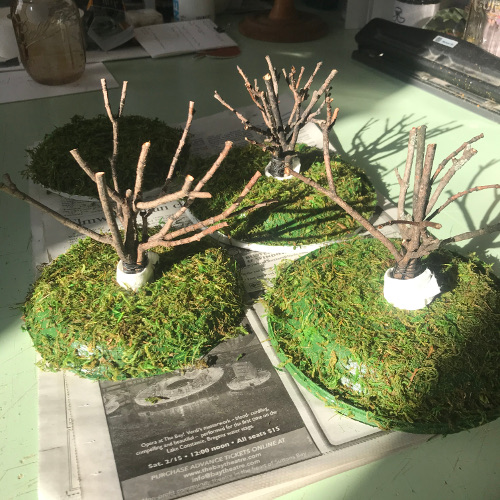
(Click image to enlarge)
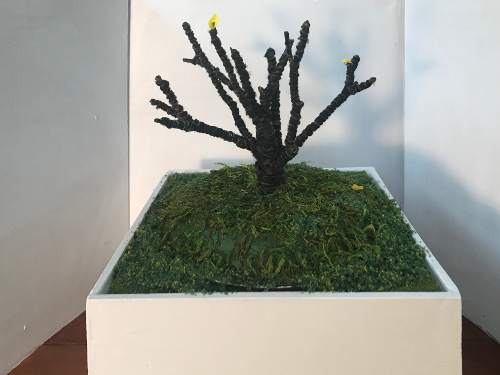
(Click image to enlarge)
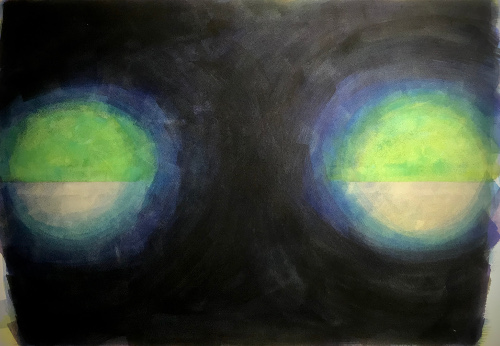
(Click image to enlarge)
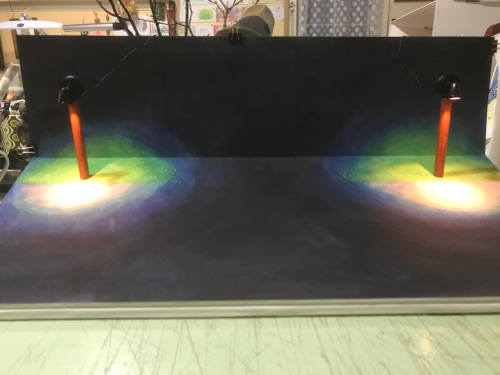
(Click image to enlarge)
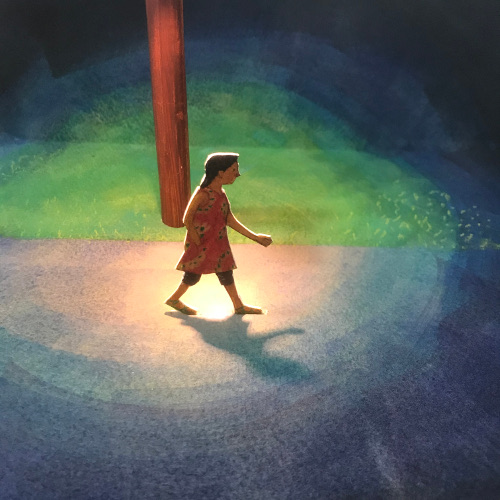
(Click image to enlarge)
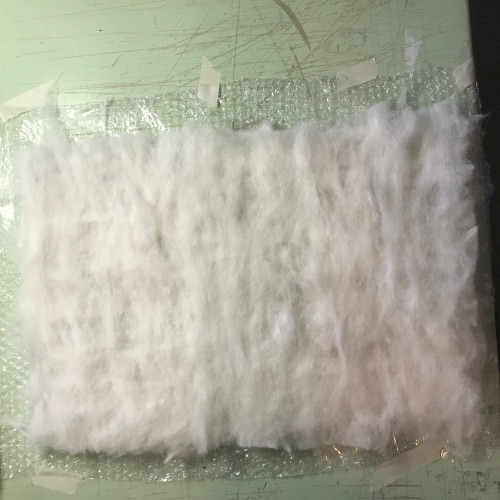
(Click image to enlarge)
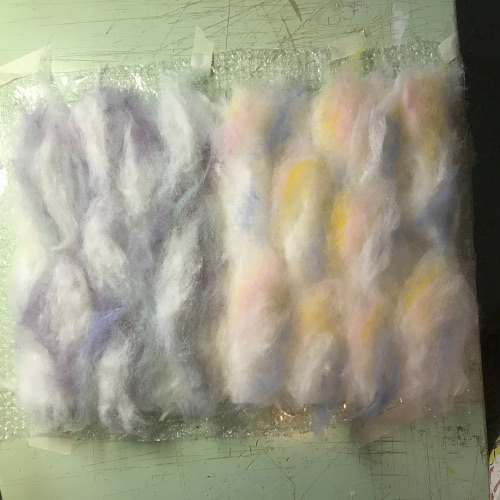
(Click image to enlarge)

(Click image to enlarge)
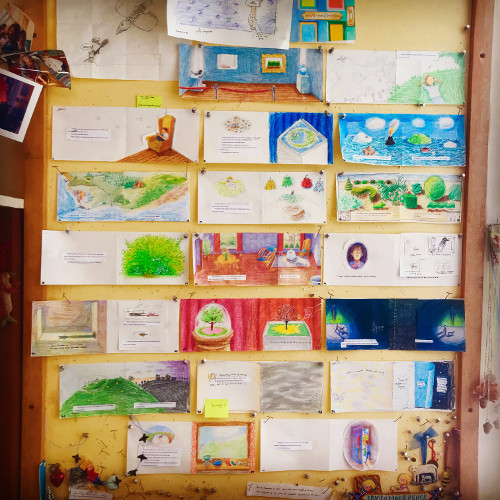
(Click image to enlarge)
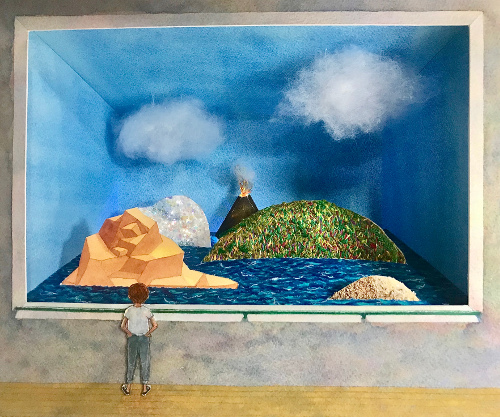
(Click image to enlarge)
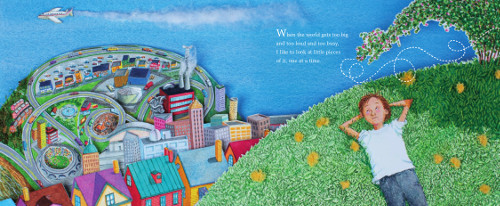
I like to look at little pieces of it, one at a time.”
(Click spread to enlarge)
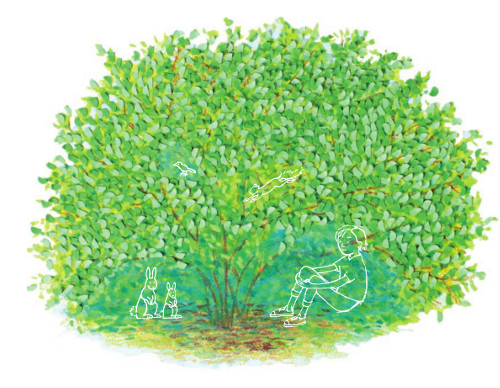
For birds and little animals, but even for a person. I will have some of these bushes,
for people to hide out in. But maybe the hiding-place bush should be in
a Museum of Hiding Places.”
(Click to enlarge and see spread in its entirety)
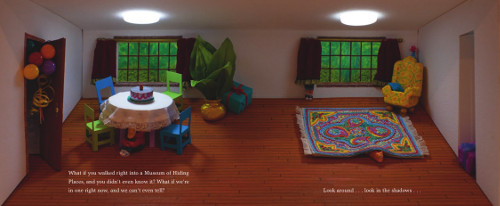
Look around … look in the shadows …”
(Click spread to enlarge)
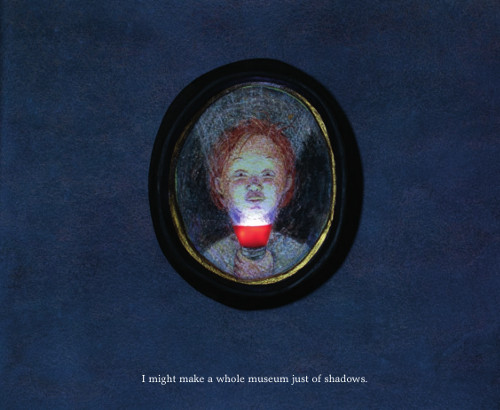

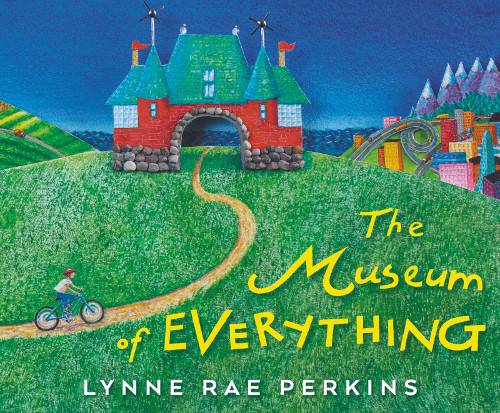
THE MUSEUM OF EVERYTHING. Copyright © 2021 by Lynne Rae Perkins. Illustrations reproduced by permission of the publisher, Greenwillow Books, an imprint of HarperCollins, New York, NY. All other images reproduced by permission of Lynne Rae Perkins.

Oooooooooh.
I loved making dioramas when I was a kid (and sometimes made them for no particular reason Except Because), and this book I would probably have read until it fell into dust. LOVE this behind-the-scenes look!
Also, this fits my Celebrate Returning To Museums joy.